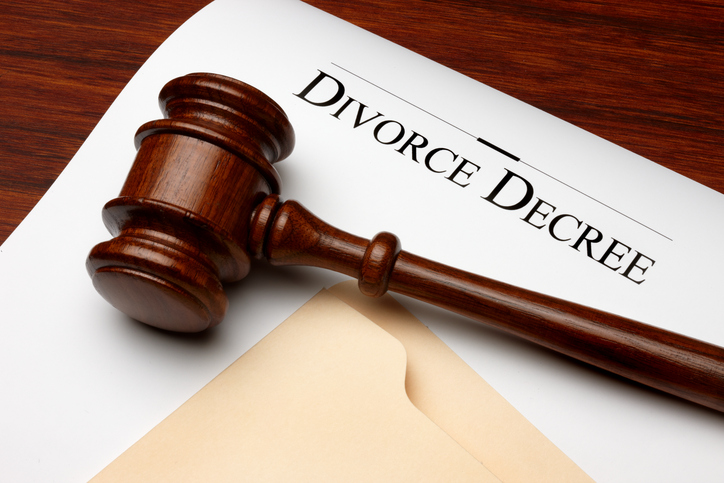How to Plan for a Divorce

More than 150,000 couples get married in Canada every year. Thirty-eight percent of these marriages end in divorce. While you probably weren’t thinking of a divorce when you were making your initial wedding arrangements, if things aren’t working out in your marriage, it may be time to plan for the inevitable.
From attaining a divorce lawyer to dividing your assets and debts, planning a divorce isn’t always pleasant – but, it is definitely in your best interest. The steps below will help you get through the process with as little stress as possible while helping to ensure you don’t get taken advantage of.
1. Make a Decision
The very first step in planning a divorce is taken when you make a clear decision that you are resolved to separate and sever ties with your spouse.
-
Divorce Application
A divorce application is required for any divorce in Canada. You will need to acquire one in accordance with your province or territory. They are available at court offices, family court locations, and various other places. Your divorce lawyer can also provide you with the form.
-
Hire a Divorce Lawyer
Even if you and your husband or wife are presently in agreement, it’s wise to have legal counsel. There is a myriad of scenarios that can happen. Things can get nasty quickly. Your partner could be agreeable only because he or she knows you’re getting the short end of the stick. If nothing else, you can continue the amicable arrangements and have your divorce lawyer review the details and give the stamp of approval or suggest what changes could be made to remedy potential problems. Considering what you have to lose without counsel, a divorce attorney is well worth investing in.
-
Determine Details
You will be required to determine if you seek a “fault” or “no fault” divorce. In addition, it will need to be established if the divorce is to be contested or not contested. A one-year separation is required for a non-contested divorce. In the event of a “for fault” application, you will be expected to provide evidence of your claim such as physical or emotional abuse or an extramarital affair or pattern of unfaithfulness. These details will be entered on the application by you or your attorney.
-
Involvement of a Child or Children
A divorce gets more complicated when a child or children are involved. If your divorce includes a non-contested agreement for the care and custodies for child support, you are able to outline the agreement in the divorce application. If not, you will make your preferences known.
-
Filing
Once you’ve completed the divorce application, it will need to be filed at the courthouse of your territory or province. Or, you can file it through your divorce lawyer. There is a fee that’s determined by the territory or province you live in. The instructions vary as well. The county clerk can advise you of the formalities. If you go through a divorce attorney, you won’t have to worry about it since your attorney will tend to it.
-
Wait for Clearance
The Divorce Registry in Ottawa is the entity that will provide clearance, but until it does, you will just have to wait. It is important to conduct yourself and your affairs in accordance to the court during this time. If you’ve been given any instructions, be sure to adhere to them. Papers will be served to your spouse and he or she will be given 30 days to respond.

-
Setting
When thirty days have passed, if your partner hasn’t filed a reply, you can set down your divorce with the court by submitting your Divorce Order, Affidavit for Divorce, and Clerk’s Certificate.
-
Notice of Court
Provided your material satisfies the judge, what you need to do at this time is to wait for the court to grant you the divorce. You or your divorce lawyer will be notified.
-
Divorce Certificate
Thirty days after you’re granted the divorce, you can obtain your Certificate of Divorce. At that point you are able to remarry if you choose to.
Often times, the two parties involved in a divorce disagree wildly. Sometimes it takes going back and forth and other times, it takes a judge to rule how the divorce will be settled.




